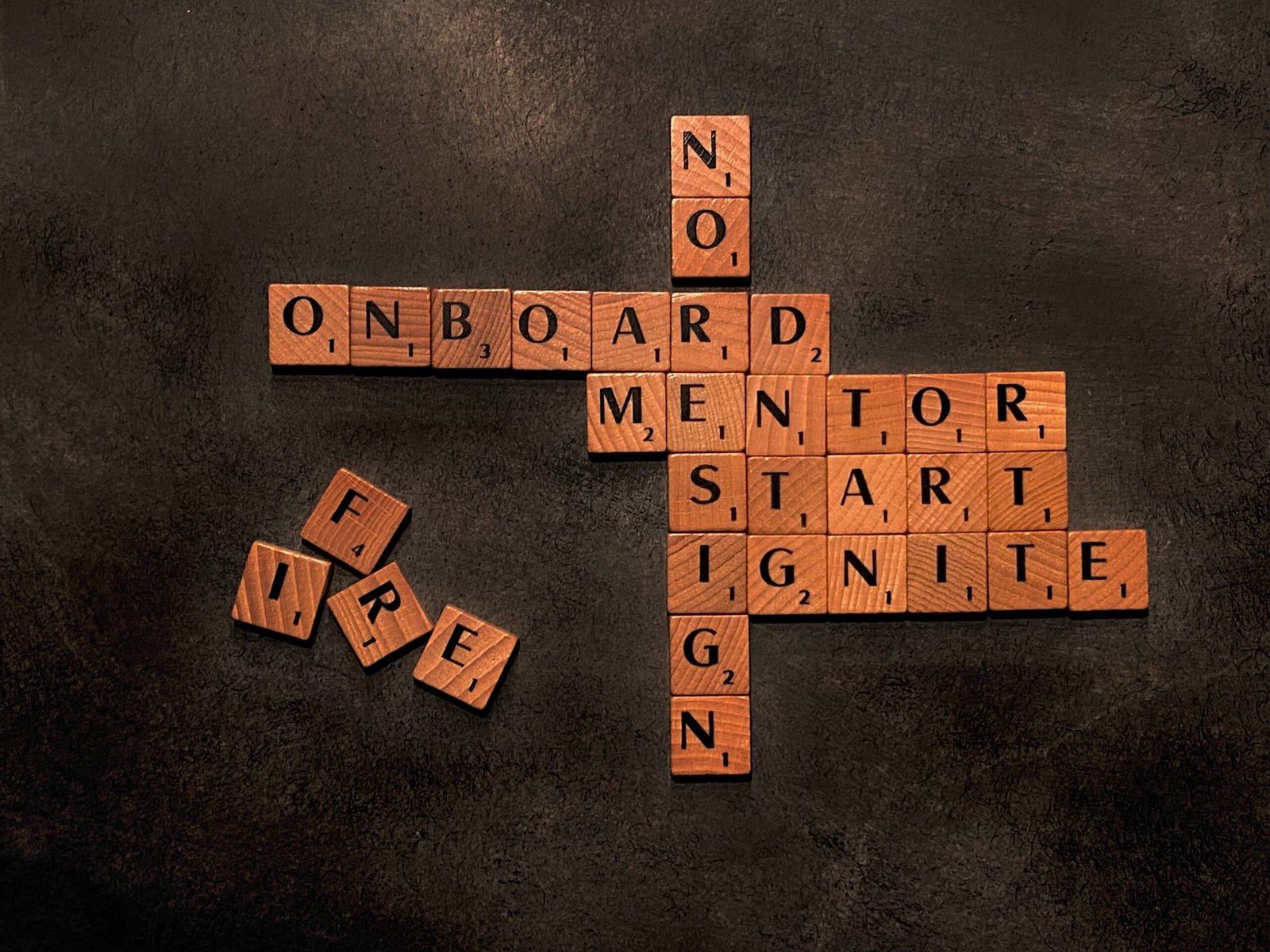Welcome to the Team!
Starting a new job can be both exciting and overwhelming. As a new employee, you want to hit the ground running and make a positive impact from day one. On the other hand, the company wants to ensure that you have all the tools and knowledge necessary to succeed in your new role. This is where employee onboarding comes in.
What is Employee Onboarding?
Employee onboarding is the process of integrating new hires into the company culture, equipping them with the necessary skills and knowledge, and helping them become productive members of the team. It goes beyond just filling out paperwork and getting a tour of the office. Effective onboarding sets the stage for long-term success and employee engagement.
The Importance of Effective Onboarding
Studies have shown that a well-structured onboarding program can lead to increased employee retention, job satisfaction, and productivity. It sets the tone for the employee’s entire tenure with the company and can significantly impact their overall experience. When done right, onboarding can turn a new hire into a rockstar employee.
Key Elements of a Successful Onboarding Program
1. Clear Expectations: Clearly communicate the employee’s role, responsibilities, and performance expectations. This helps them understand what is expected of them and sets them up for success.
2. Training and Development: Provide comprehensive training and development opportunities to help new employees acquire the skills and knowledge they need to excel in their role. This can include both formal training sessions and informal mentoring.
3. Company Culture: Introduce new employees to the company’s values, mission, and culture. Help them understand the company’s history, vision, and how their role contributes to the overall success of the organization.
4. Buddy System: Assign a buddy or mentor to new employees to help them navigate the organization and provide support during the onboarding process. This can help new hires feel more comfortable and connected to the team.
5. Feedback and Evaluation: Regularly check in with new employees to provide feedback on their performance and address any concerns or questions they may have. This shows that the company values their growth and development.
Technology and Onboarding
Technology can play a crucial role in streamlining the onboarding process and enhancing the overall experience for new hires. Here are a few ways technology can be leveraged:
1. Online Onboarding Portals: Provide new employees with access to an online portal where they can complete necessary paperwork, watch training videos, and access important resources.
2. Virtual Onboarding: With remote work becoming more prevalent, virtual onboarding has become essential. Utilize video conferencing tools to conduct virtual orientation sessions, introduce new hires to their team members, and provide remote training.
3. Learning Management Systems: Use learning management systems to deliver training modules and track employees’ progress. This allows for personalized learning experiences and ensures that new hires have access to the resources they need.
Continuous Onboarding
Onboarding should not be limited to the first few weeks of employment. It should be an ongoing process that continues throughout an employee’s tenure with the company. Continuous onboarding can include opportunities for professional development, cross-functional training, and regular check-ins to ensure that employees are engaged and thriving in their roles.
Conclusion
Employee onboarding is a critical process that sets the stage for success and employee engagement. By implementing a well-structured onboarding program that includes clear expectations, training and development, company culture integration, a buddy system, and regular feedback, companies can transform new hires into rockstar employees. Leveraging technology can further enhance the onboarding experience and streamline the process. Remember, onboarding is not a one-time event but an ongoing process that contributes to the long-term success of both the employee and the organization.





